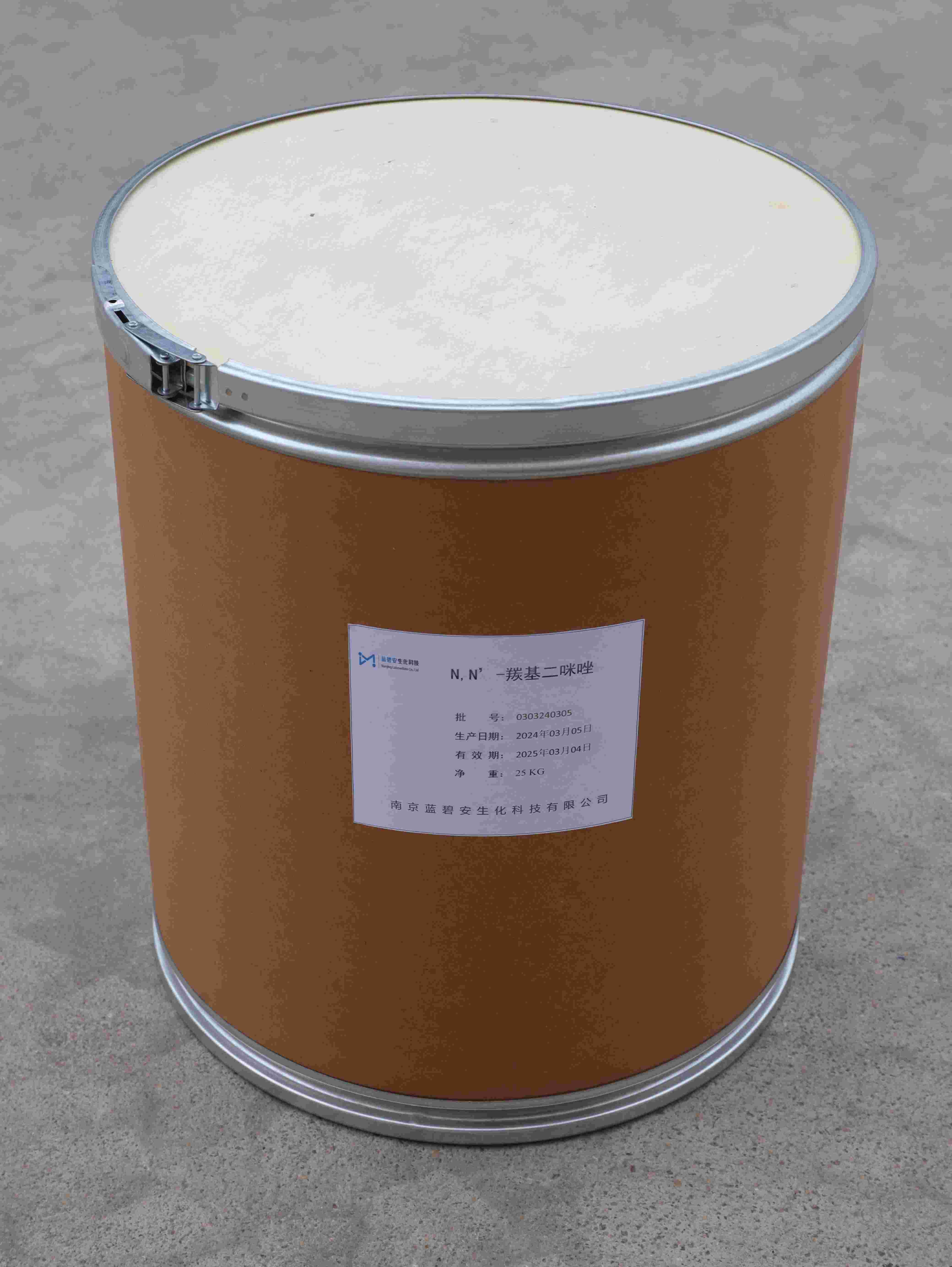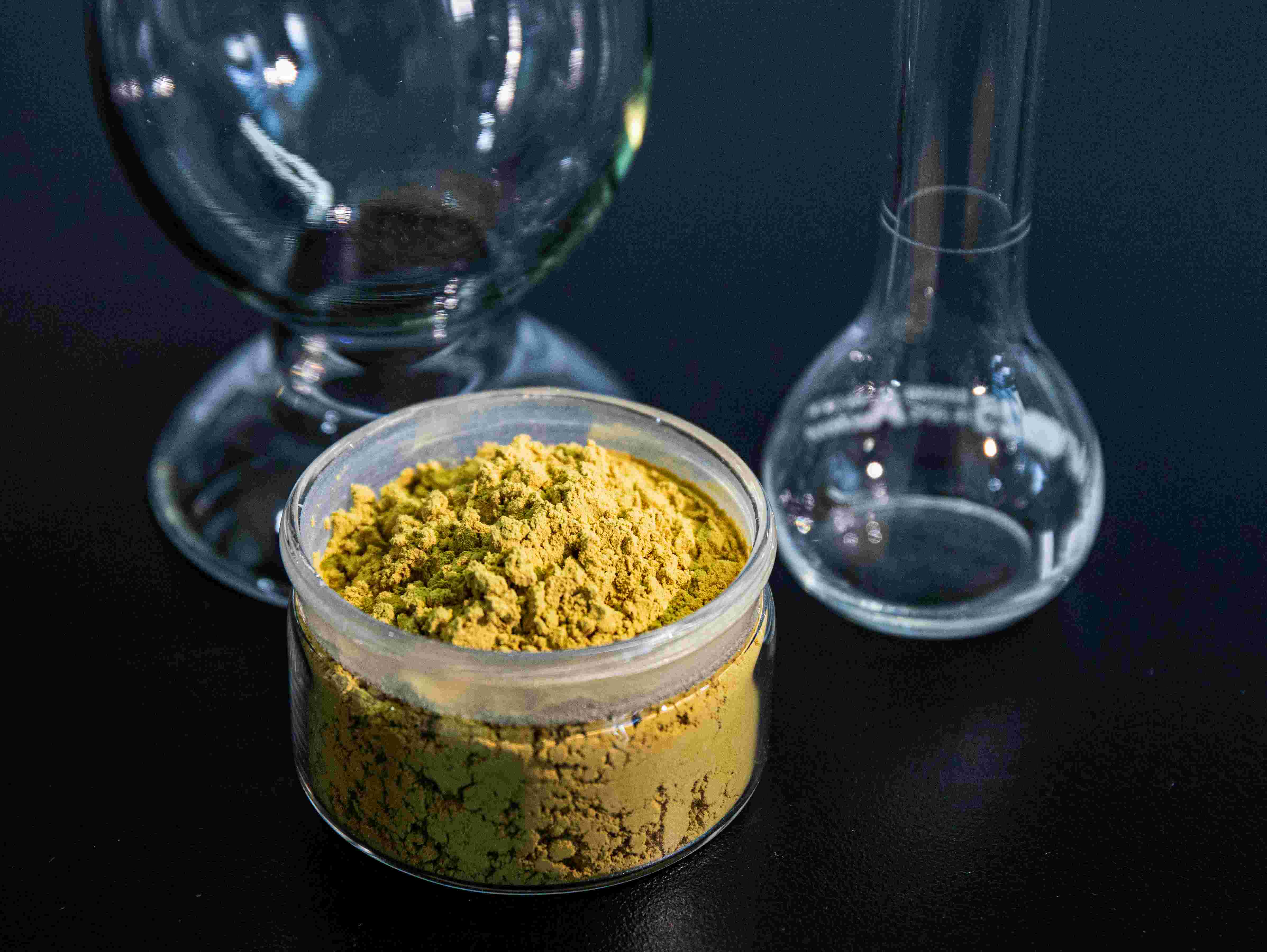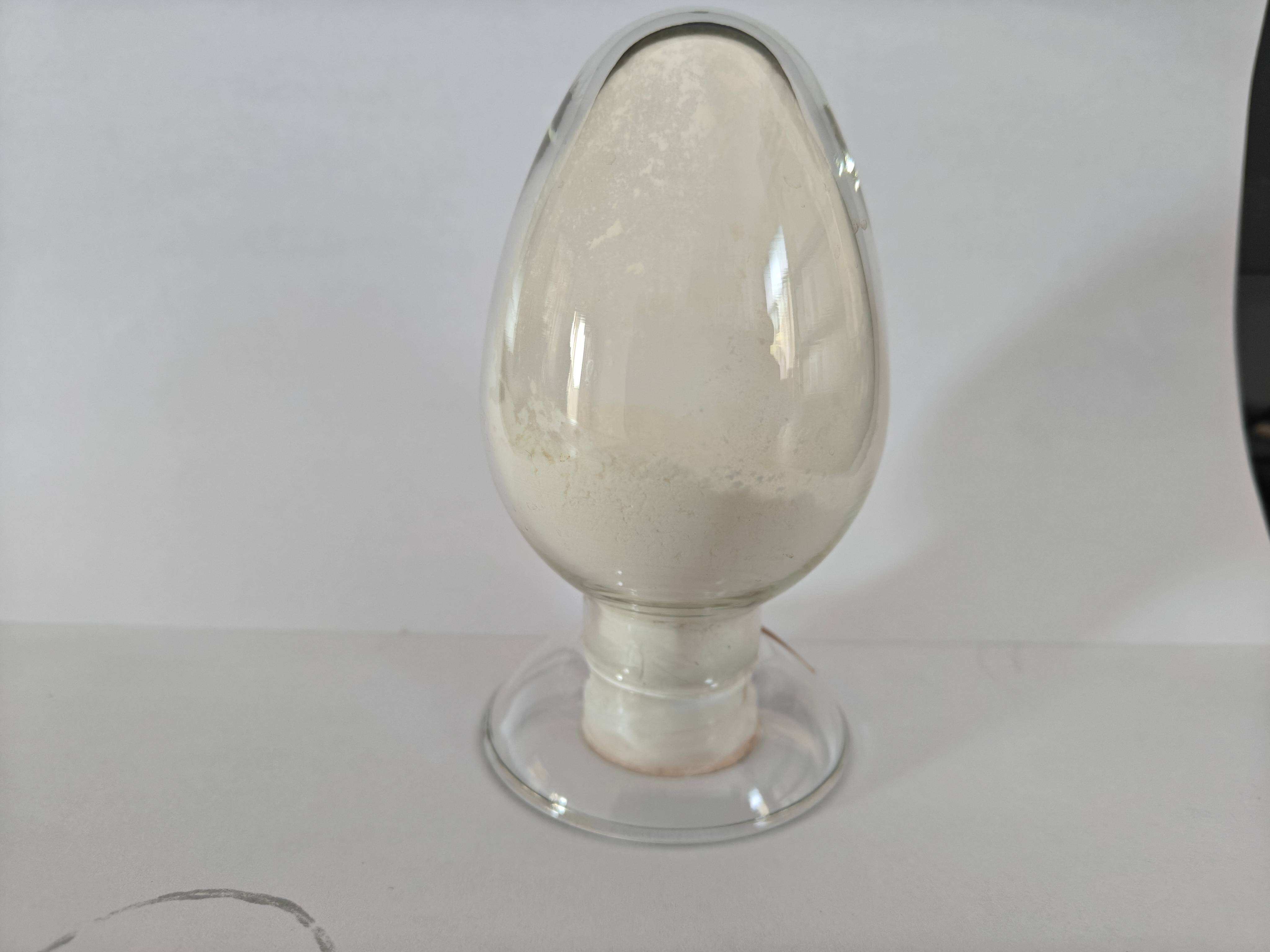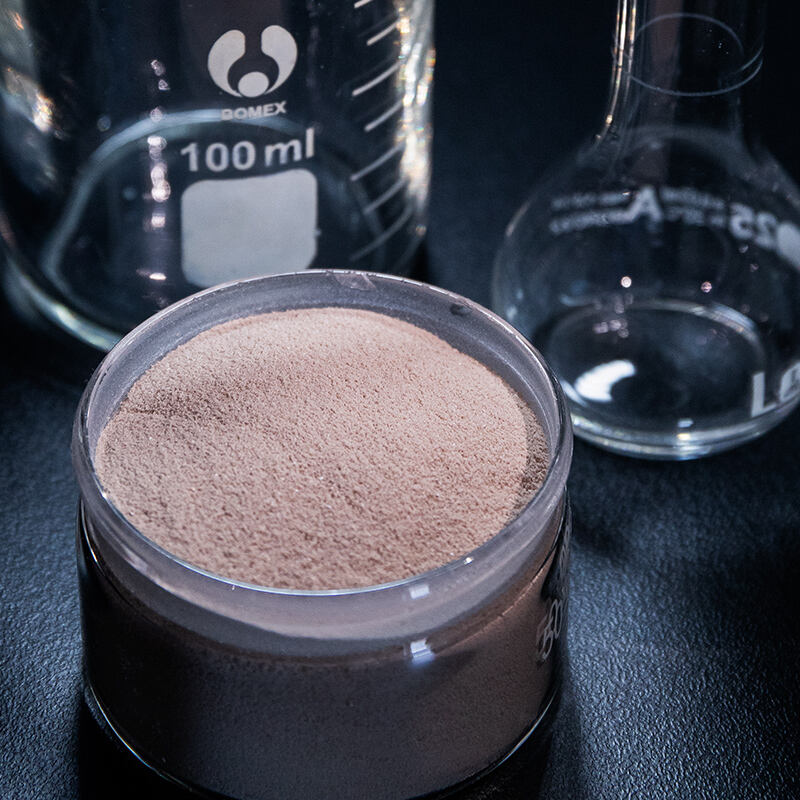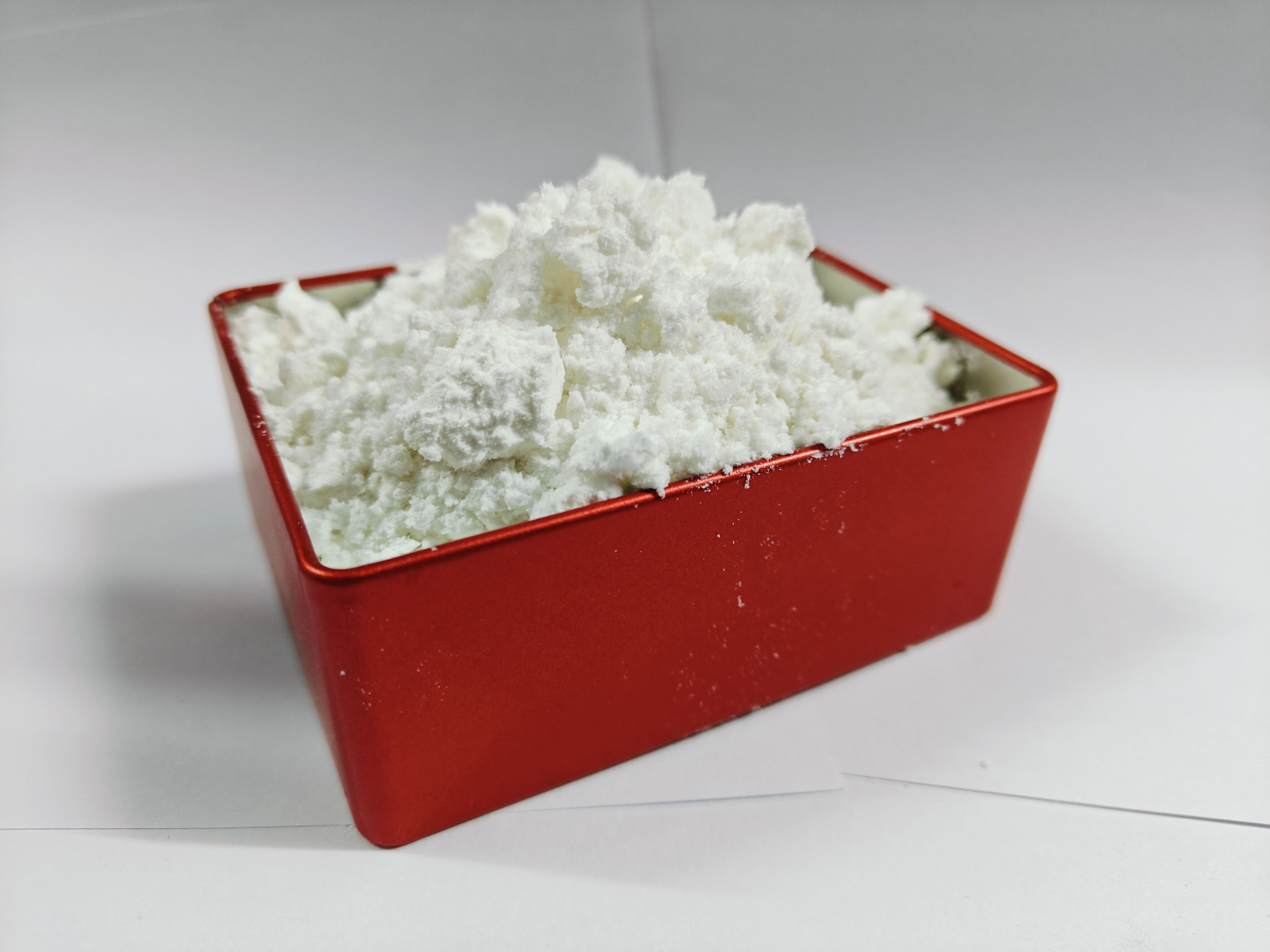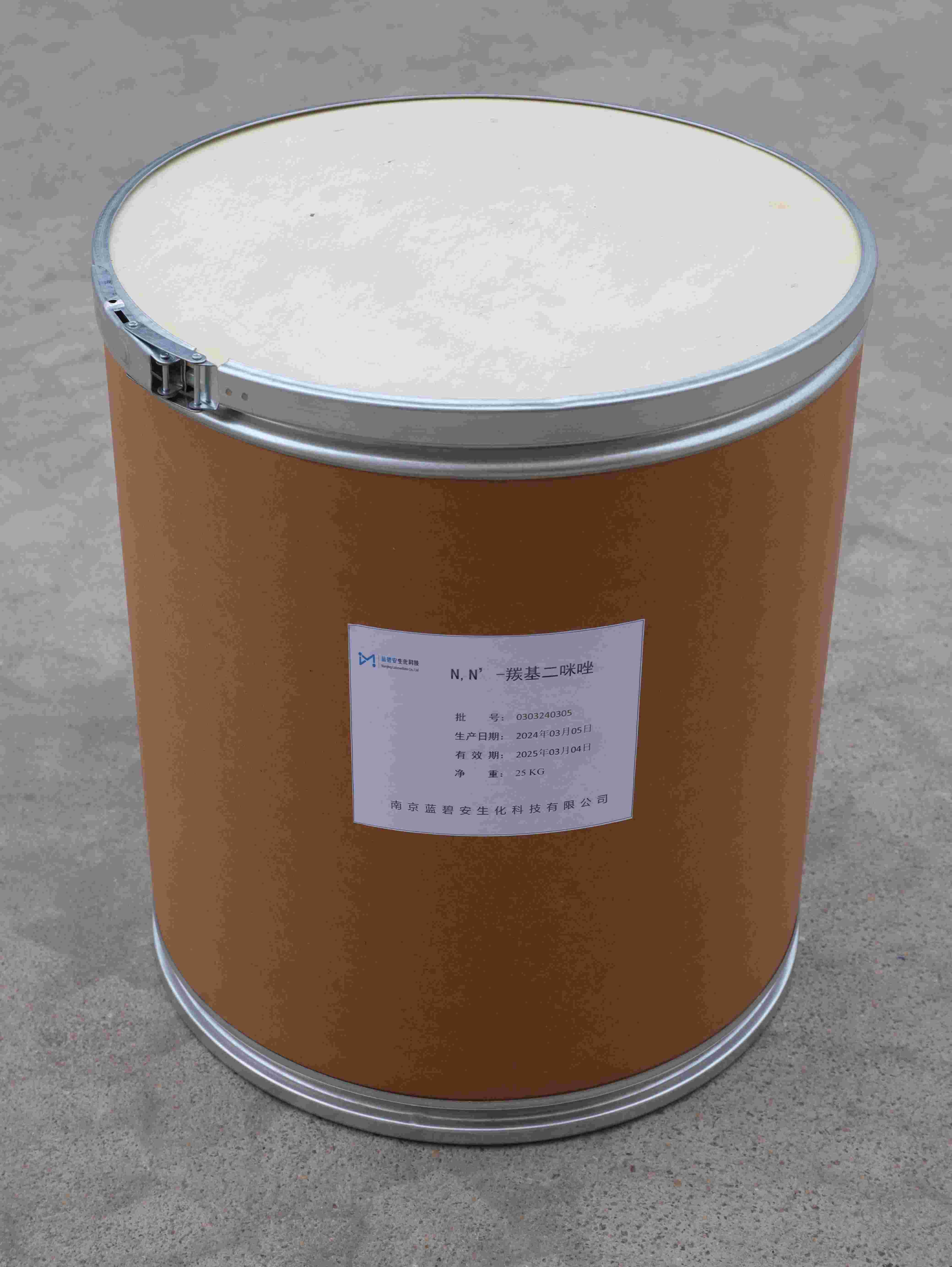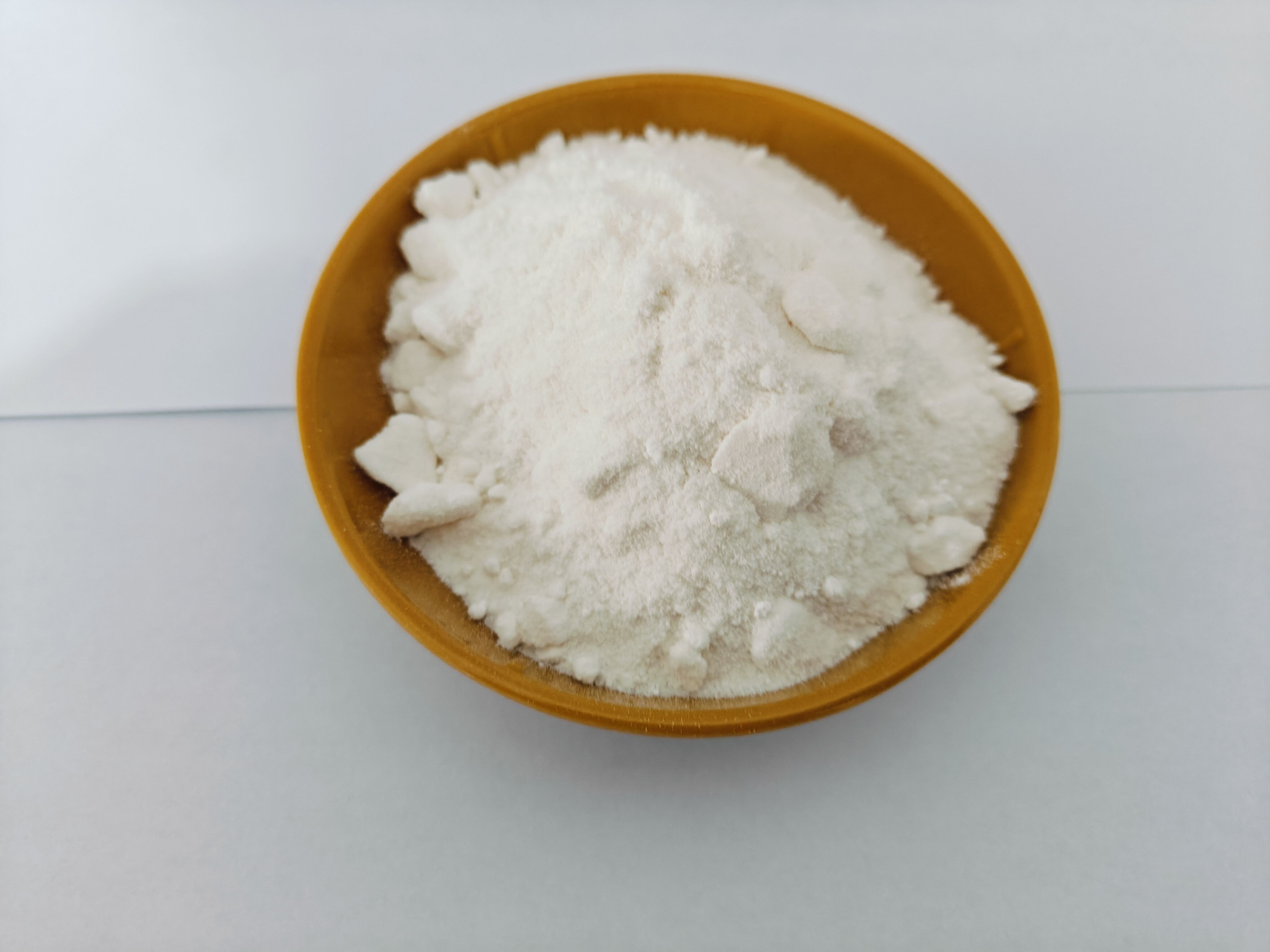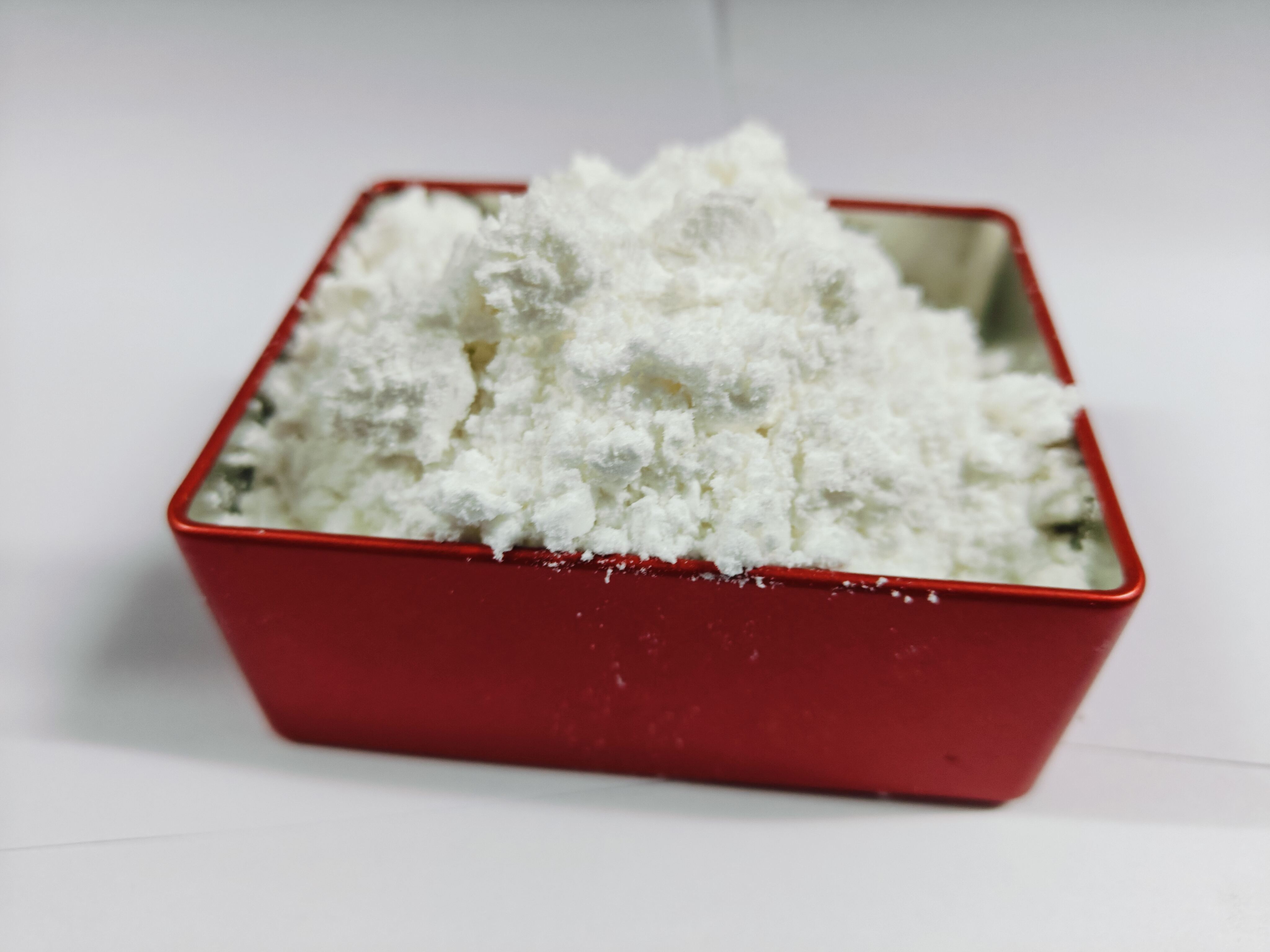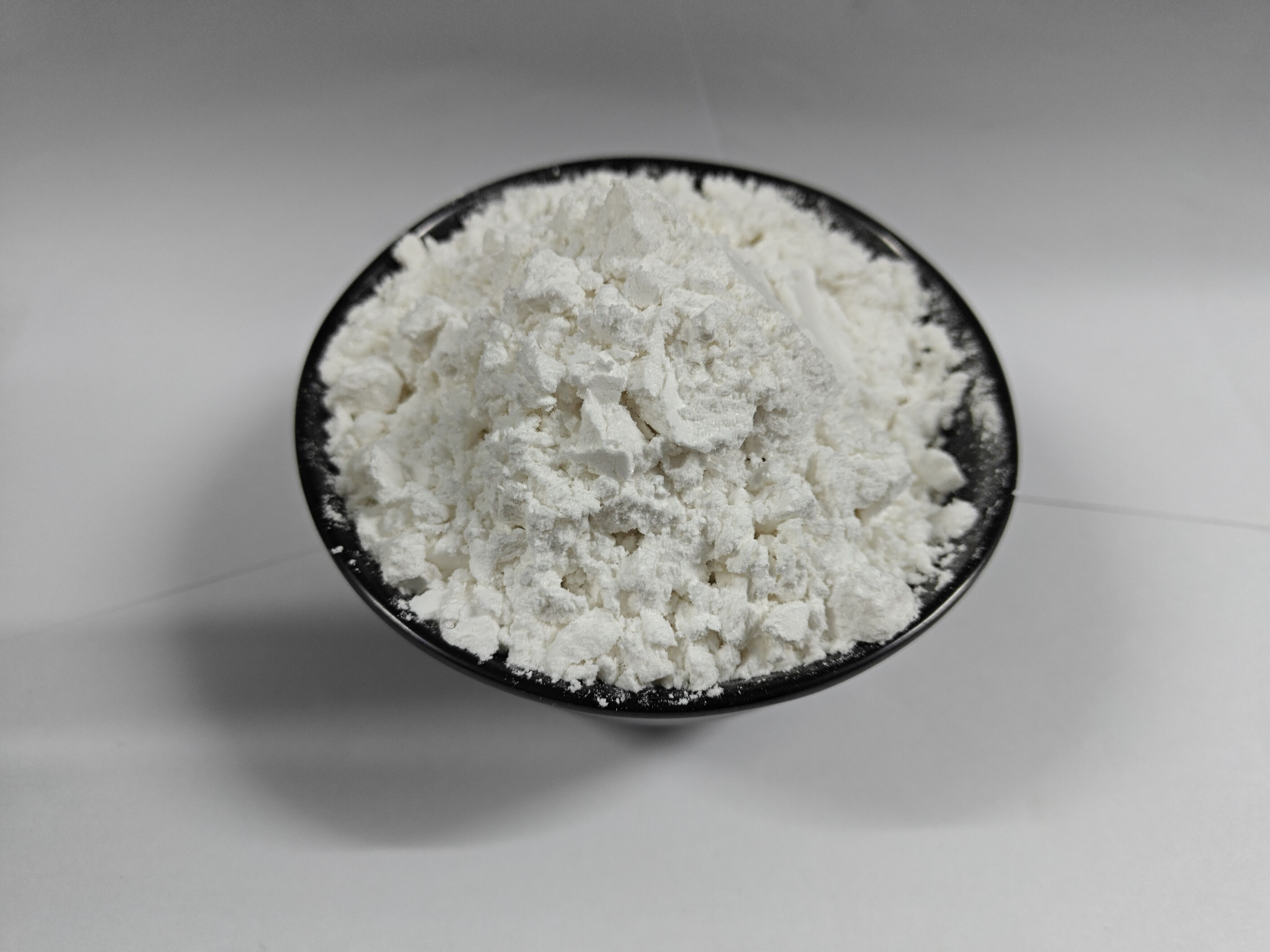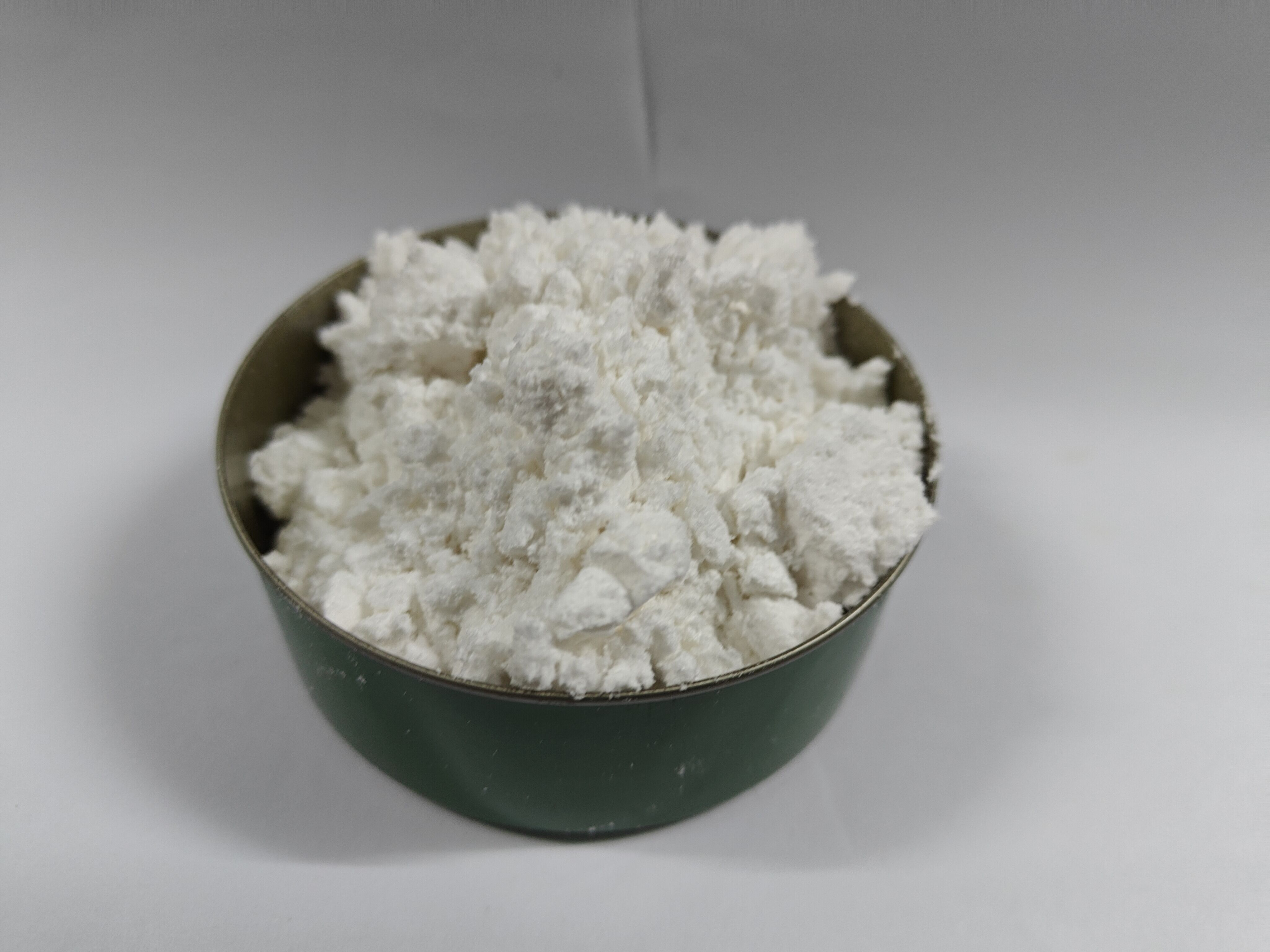mehanismo ng pagkakaroon ng cdi amide
Ang mekanismo ng pagkakabit ng amide sa CDI (N,N'-Carbonyldiimidazole) ay isang makapangyarihang paraan ng sintesis sa kimika organiko na nagpapadali sa pagsisimula ng mga bond ng amide. Nagaganap ang mekanismong ito sa pamamagitan ng pag-aktibidad sa mga asido karboxiliko sa pamamagitan ng pagsisimula ng mga reaktibong hinalawang imidazol, na madaling maki-react sa mga amino upang mabuo ang mga matatag na bond ng amide. Umuumpisa ang proseso kapag ang CDI ay nakikireact sa isang asido karboxiliko, ipinupulot ang carbon dioxide at imidazole bilang mga produktong pangganyan. Ang nairesultang aktibong hinalawang ito ay kumikilos sa nucleophilic attack mula sa amin, bumubuo ng kinakailangang produkto ng amide. Partikular na mahalaga ang mekanismong ito sa sintesis ng farmaseutikal, kimika ng peptido, at polimer sikyensya dahil sa malambot na kondisyon ng reaksyon at mataas na bunga. May magandang pindutan ang teknolohiyang ito, minino ang mga side reaction, at kompatibleng may iba't ibang grupo ng punsiyon. Pati na rin, epektibong gumagana ang mekanismo sa temperatura ng silid, kailangan lamang ng wala o minimong equipment, at bumubuo ng maaaring ilutas na produktong pangganyan na madaling alisin sa pamamagitan ng workup. Ang mga aplikasyon nito ay umuunlad patungo sa maraming industriya, mula sa pag-unlad ng gamot hanggang sa sikyensya ng material, nagiging hindi bababa ito bilang isang tool sa modernong sintetikong kimika.

